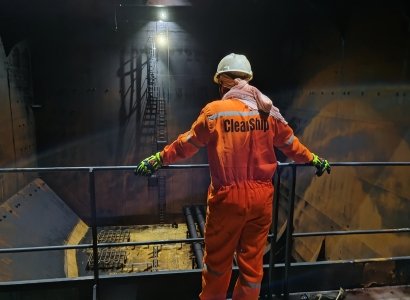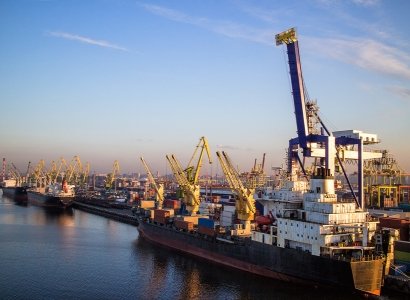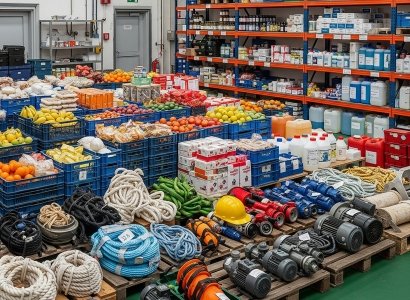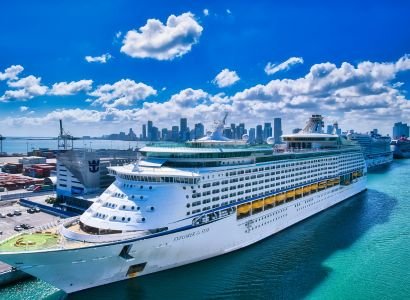Our Services
Expert Cleaning, Seamless Operations
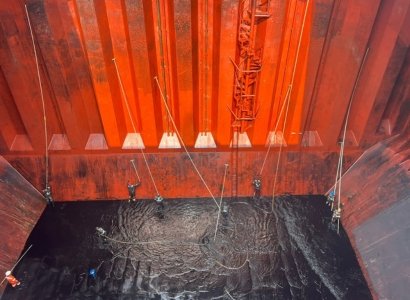
Hold Cleaning Riding Crew
Our Expert Crew Handle Ship for cleaning and preparing ship holds for cargo.
CLEANSHIP.CO
Top Cargo Hold Cleaning & Tank Cleaning Service Provider
Exceptional Service
Hold cleaning is an essential service for cargo ships and cargo vessels. Cleanship is a trusted hold & tank cleaning service provider, offering professional cleaning for cargo holds on all types of ships, including bulk carriers, tankers, and container ships.
Our eco-friendly methods and advanced tools thoroughly remove dirt, residues, and contaminants. We strictly follow international safety and environmental standards, ensuring your vessel remains compliant and ready for operations.
With a skilled and experienced team, we guarantee clean and safe cargo holds that protect goods and maintain smooth sailing. For reliable and efficient cargo hold cleaning solutions, Cleanship is your go-to partner in India. We are one of the best Ship Hold Cleaning Companies in India.
Process
Our Hold & Tank Cleaning Service Process
We clean cargo holds through four key steps: appraising, planning, execution, and monitoring. These steps ensure thorough cleaning, safety compliance, and readiness for cargo, providing reliable and efficient results for every ship.

Appraising
We inspect the cargo hold carefully to determine the cleaning requirements and design the most effective cleaning strategy. Our team conducted a detailed assessment of the hold.

Planning
We develop a detailed cleaning plan tailored to your ship’s unique needs to ensure thorough and efficient results. Our detailed cleaning plan is based on the assessment.

Execution
Our team uses advanced tools and eco-friendly techniques to carry out a complete and safe cleaning process. We use high-pressure washers, and specialized chemical and industrial-grade vacuum.

Monitoring
We monitor the cleaning process and conduct final checks to ensure the cargo hold meets the highest cleanliness and safety standards. Quality checks are the key to our business.
Copyright @ 2025 Cleanship. All Right Reserved.


